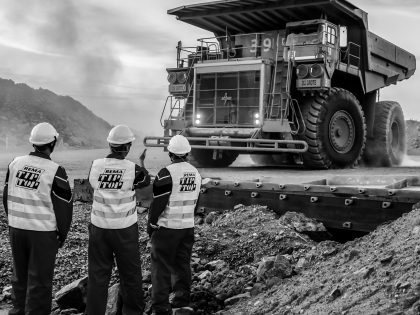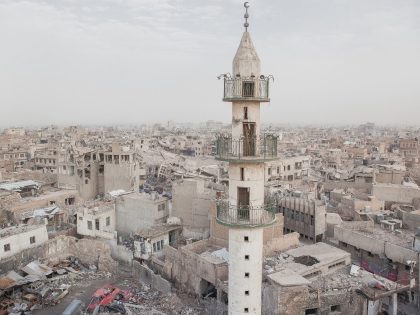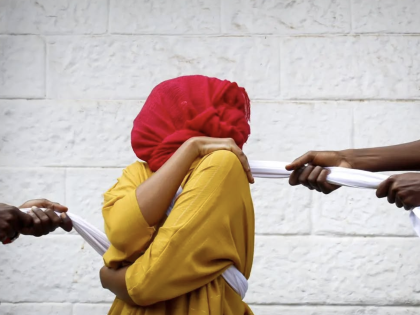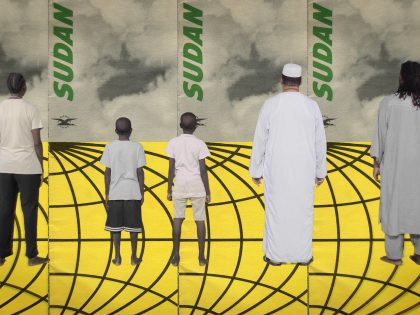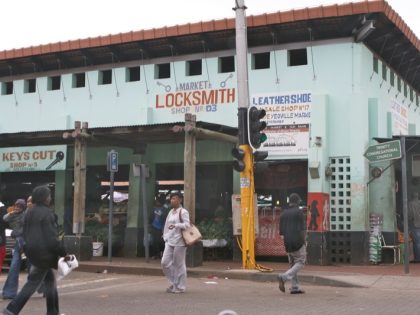Revisiting the “Gay Marriage Map”
Homophobia in Africa often gets discussed as a one-size-fits-all, with little room for nuance.

Image credit Niko Knigge via Flickr.
A few days ago, The New York Times published an op-ed by one of its columnists, Frank Bruni, about gay rights globally. It was accompanied by what was described as “The Gay Marriage Map.” The map’s aim was to provide a global snapshot of laws affecting same-sex relationships. It especially draws our attention to Africa, where shackled hands and nooses adorn the continent–with the exception of a happy gay couple on the coast of South Africa. Here’s the thing, the “Gay Marriage Map” is purely a representation of legal statutes, and it does little to depict cultural attitudes or brutal and frequently undocumented abuses of homosexuals. Senegal, where a horrific media campaign was waged against gays and lesbians in 2008, is not even noted on the map. Neither is Cameroon, where human rights activist Alice N’kom has been working tirelessly to free LGBT persons who have been imprisoned on the basis of their sexuality.
So, what could possibly be wrong in South Africa, the first country to offer equal constitutional protections to sexual minorities? The issue of homophobia goes much deeper than legal codes. It is a cultural issue that takes time and perseverance to overcome. Yes, South Africa’s legislature has done something remarkable – hats off to them – but the law has not prevented the so-called “corrective rape” of lesbians, or other hate crimes against gay and transgender individuals. It also does not mean that authorities will take these crimes seriously.
This map also neglects to demonstrate the growing support for LGBT rights across Africa. Throughout the continent, allies and sympathizers are joining the cause and rejecting politicians’ use of homophobia to gain power. We should focus our attention on this fledgling movement and the promise it holds. However, we should avoid projecting our own ambitions on a continent that’s seen far too much of that.
Bruni’s map makes a tragic assumption–that marriage is the ultimate goal of gays and lesbians around the world.
It expresses the global realities of gay rights through a Western and predominantly American system of thought. As stated by Nigerian activist Ifeanyi Orazulike, “we can’t remember asking for same-sex marriage.” Ifeanyi was speaking at a recent forum at The New School in New York City and referring to the Nigerian bill criminalizing same-sex relationships, drafted in response to increasing Western emphasis on the issue.
Western involvement in African LGBT issues has been helpful at best and disastrous at worst. The West overwhelms the movement at times of crisis, but neglects everyday issues – even when these issues are the product of Western creations. Another panelist at The New School forum, Dr. Cheikh Traore of the UNDP, explained that when President Bush introduced PEPFAR (an initiative providing HIV services in Africa) there was very little Western outrage over its initial denial of service to men who have sex with men (MSM). More attention to everyday details like these could hold great potential in changing deep-rooted institutional and cultural realities.
The West should instead reach out to local organizations and coalitions and listen to their needs. The AllOut.org campaign took this approach in response to Cameroon’s imprisonment of gay men. The organization’s co-founder, Andre Banks, explained at The New School forum that AllOut.org had been communicating with Cameroonian activist Alice N’kom, but held off on launching a global campaign until she decided it was time.
Africa’s fifty-four countries and myriad ethnic groups comprise a complex cultural dynamic. Western organizations will need to determine, on a case-by-case basis, their role in helping grass-roots movements. The “Gay Marriage Map” highlights dramatic global disparities in the legal treatment of homosexual relationships, but it does not broaden our knowledge of the battle for LGBT rights in places like Africa. Perhaps Frank Bruni should make some calls to gays and lesbians in Africa and find out what they would like to have put on the map.
- Ferland recently moderated The New School forum, “Coming Out in the Developing World: Overcoming Homophobia in Africa.”















